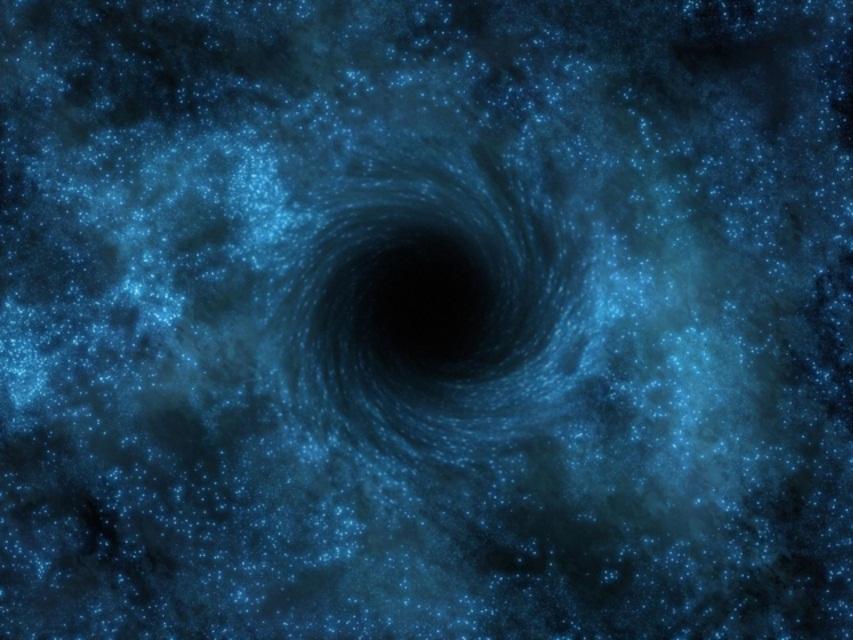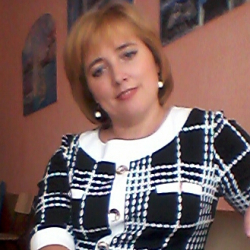Просмотр содержимого документа
«Интегрированный урок биологии на английском "The Eye"»
15.02.18
Grade: 9 A
CLIL Biology lesson plan
Level: Intermediate
Theme: The eye.
Learning outcomes:
| № | Stage | Stage aims | Teacher’s activity | Learners’ activity | Interaction pattern | Timing | Resources |
| 1 | Lead-in Activation of prior knowledge | To brainstorm the ideas of the lesson topic with the help of ex 1 p 12: match the senses to the parts of the body. | The teacher asks the learners to do matching ex. and asks questions: Which sense do you think is the most important? Why? | At first the learners do the matching ex. Next they answer the questions. | T-Ss | 3 | Power Point Presentation Slide 1 “Match the senses” |
| 2 | Pre-teaching vocabulary | To introduce the learners with the new vocabulary. | 1 retina [‘retinə] the area at the back of the eye that receives light and sends pictures of what the eye sees to the brain. 2 optic nerve - the group of nerve fibres (=structures like threads) that pass signals from the retina at the back of each eye to the brain. 3 vitreous [‘vitriәs] - similar to glass. 5 iris – the coloured part of the eye. 6 cornea - the transparent outer covering of the eye. 7 pupil – the circular black area in the centre of an eye, through which light enters. 8 lens - the part of the eye behind thepupil (= the black hole at thefront of the eye) that helps you to see clearly by focusing (=collecting) light onto the retina. 9 myopia - a condition in which someone cannot clearly see things that are far away. 10 hyperopia - a condition in which someone can see things clearly that are far away but not things that are near. 11 astigmatism - a fault in the lens of the eye that reduces the quality of sight, especially a fault that stops the eye from focusing. | The learners write down the new words, repeat the pronunciation after the teacher. | T-Ss | 7 | Board, markers |
| 3 | Reading for gist | To read the text for the general idea. | The teacher asks the learners to do ex 2: | The learners read the text and answer the questions: Which are the 4 most important parts of your eye? What gives our eyes their colour? | T-Ss S-S S | 10 | Text |
| 4 | Reading for details | To read the text to find specific information. | Teacher gives the learners ex 3, 4 | The learners read the text for the 2nd time, write true or false and answer the questions. | T-Ss S | 5 | Text Questions |
| 5 | Focus on language | To activate prior knowledge of grammar. | For the revision of the Present and Past Simple Tenses and using this grammar in further ex-s the teacher gives models of their formation. | The learners make notes of grammar structures | T-Ss | 5 |
|
| 6 | Follow-up activity Communicative and cognitive skills | To involve the learners to group project work. | The teacher asks the learners to use the Internet and find information for mini-projects. | The learners use the Internet and find information for mini-projects. | In groups | 7 | The Internet |
| 7 | Assessment | The learners can evaluate their achievements on the lesson | The teacher asks the learners to write feedback. | The learners write feedback on their work on the lesson | Whole class | 3 | Papers for feedback |
E x 2
x 2
1 The history of black hole theory
2 What is a black hole?
3 What is escape velocity?
4 How a black hole works
5 Do black holes really exist?
Black Holes
(a) _________________________________
A black hole is an area in space that nothing can escape from, because gravity (the force that pulls objects in space towards each other) is so strong there. Not even light has enough escape velocity to get out of a black hole.
(b) _________________________________
If you throw a ball into the air, the harder you throw it, the faster it travels and the higher it will go before coming back down. If you threw it hard enough, it could escape the Earth’s gravity completely. The speed with which you need to throw the ball in order for this to happen is called the escape velocity, and for the Earth, it is about 11.2 km per second (40,000 km/h). The escape velocity depends on the planet’s mass, not its size: small but very heavy objects have large escape velocities.
(c) _________________________________
Scientists think that a black hole is a very small object with an enormous mass and an escape velocity that is faster than the speed of light. As nothing can go faster than light, nothing can escape the object’s gravity. This means it is a black hole.
(d) _________________________________
The British astronomer, John Michell, was the first person to think about the theory of black holes, in 1783. In 1796, the Frenchman, Pierre Laplace, proposed similar ideas to those of Michell. Using Newton’s theory of gravity, Laplace calculated that if an object is compressed into a small enough radius, then the escape velocity of that object would be faster than the speed of light.
(e) _________________________________
It is impossible to see black holes directly because no light can escape from them; they are black. But there are good reasons to think they exist.
Ex 3
Answer the questions.
1 Why can’t light escape from a black hole?
2 What is the escape velocity for the Earth?
3 Who first thought about black holes?
4 Who developed the theory of gravity?
5 Why can’t you see a black hole?
Mini-project
Mini-project
Sir Isaac Newton was a famous mathematician and physicist. Do some research on him and write a short text about his life and how he developed his theory of gravity. Include the following information:
• When/ where he was born/died
• When/ how he developed his theory of gravity
• Other achievements in his life
Can do statements:
I can present on something I learned from the media.
I can make a presentation about an interesting person.
I can scan tests for relevant information and grasp main point of text.








 x 2
x 2
















